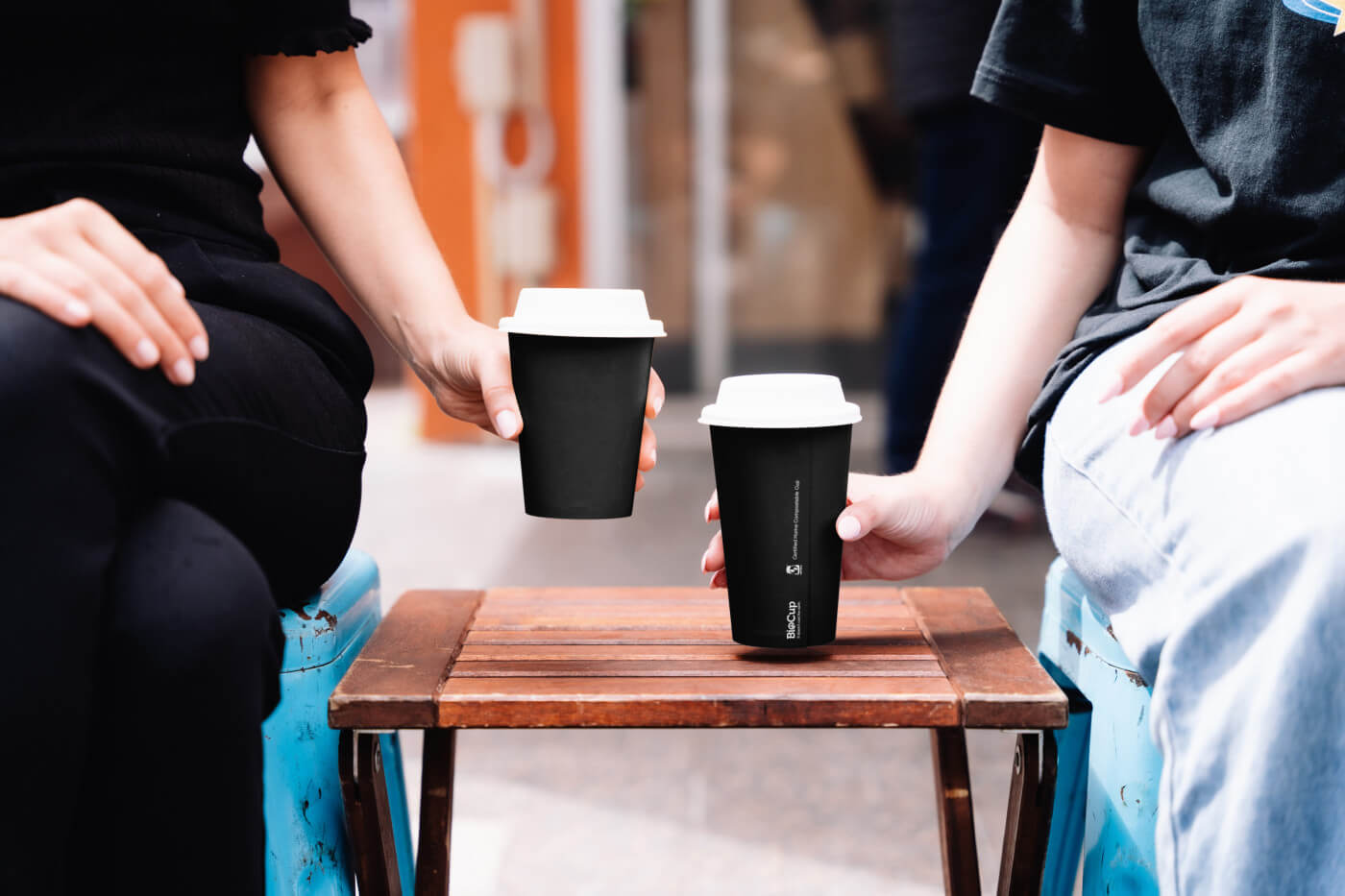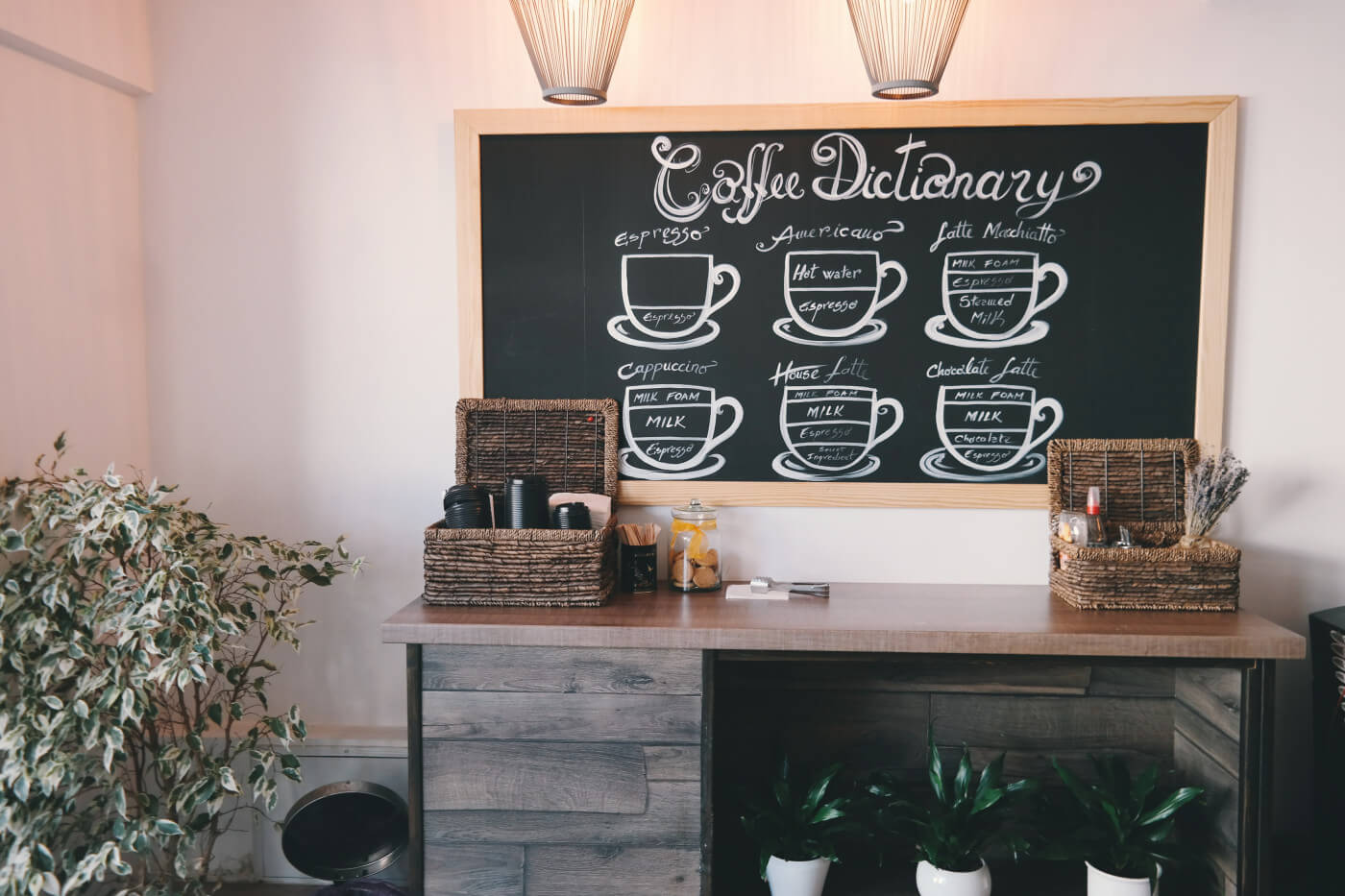Sustainable food packaging has become an increasingly important topic in recent years as the need for environmental conservation and responsible consumption grows. In this beginner's guide, we will explore what sustainable packaging is, its significance, and the actions we can take to promote a more sustainable future.
Sustainable food packaging can be defined as packaging materials and practices that minimise their environmental impact throughout their lifecycle. This includes the sourcing of raw materials, production processes, distribution, usage, and end-of-life disposal. The key goal of sustainable packaging is to reduce waste generation, conserve resources, and minimise carbon emissions.
When it comes to sustainable packaging, the term "green" or "eco-friendly" can be misleading. These labels do not necessarily guarantee sustainability. Instead, it is essential to look for tangible attributes such as compostability, non-toxicity, recyclability, and the use of renewable materials or energy sources. Sustainable packaging should also strive to be carbon neutral, meaning that the carbon emissions produced during its lifecycle are offset through carbon sequestration or other means.
Compostable packaging is a crucial aspect of sustainable packaging. Compostable materials can break down into natural elements without leaving behind harmful residues. However, compostability alone is not sufficient. Other factors, such as reducing the size and weight of packaging, utilising post-consumer recycled content, and minimising emissions during production, transportation, and disposal, must be considered. Companies like BioPak, for instance, prioritise these factors and are certified as carbon neutral while continuously working on improving their packaging designs.
The adoption of sustainable packaging brings numerous benefits. Firstly, it contributes to a better future by reducing waste, conserving resources, and minimising pollution. Consumers are becoming increasingly conscious of their purchasing decisions, and sustainably packaged products are more likely to attract them. By offering eco-friendly packaging, businesses can improve their market position and gain a competitive edge. Moreover, sustainable packaging can lead to cost savings in the long run. Companies can reduce landfill collection costs by providing compostable packaging and encouraging proper disposal methods.
Here at Planet Friendly Packaging we offer a range of sustainable packaging solutions that align with the principles of environmental conservation. Our product lineup includes compostable food containers, biodegradable bags, and recyclable paper packaging options. By choosing our products, businesses can make significant strides in reducing their environmental footprint. These solutions are designed to replace single-use plastics and non-recyclable materials, providing eco-conscious alternatives that contribute to a healthier planet. By purchasing from us, companies can align their packaging practices with their commitment to sustainability and actively contribute to a greener future.
However, transitioning to sustainable packaging is not without its challenges. Change can be difficult, and many businesses may struggle to adapt to new practices and materials. While early adopters have been voluntarily pursuing sustainable packaging, regulatory forces may soon come into play with legislation aimed at reducing plastic production and pollution. This transition period can be a phase of growing pains as the industry adjusts and refines its practices.
In Australia, several states have taken significant steps to combat single-use plastics. For instance, Queensland and Western Australia have implemented bans on single-use plastic items such as straws, cutlery, and stirrers. These initiatives aim to reduce plastic waste and promote the adoption of sustainable alternatives.
BioPak has launched an innovative initiative called Compost Connect. This program connects businesses and individuals with composting facilities across the country, ensuring that compostable packaging can be properly disposed of and transformed into valuable compost. Compost Connect aims to bridge the gap between compostable packaging and the necessary infrastructure, making sustainable practices more accessible and effective.
These initiatives highlight the growing awareness and commitment to sustainable packaging in Australia. By embracing these changes, businesses can not only comply with regulations but also demonstrate their dedication to environmental stewardship. Transitioning to sustainable packaging requires collaboration between businesses, governments, and consumers to create a more sustainable future for Australia and the planet.
One limitation of existing sustainable packaging is the lack of infrastructure and proper waste management systems. For example, despite efforts to introduce packaging made with compostable materials, they often end up in regular waste streams because the necessary organics recycling facilities are not widely available. It is crucial to address these limitations and work towards comprehensive solutions that encompass not only the packaging itself but also the entire disposal and recycling infrastructure.
In conclusion, sustainable packaging is a critical aspect of responsible consumption and environmental stewardship. It involves the use of materials and practices that minimise environmental impact throughout the lifecycle of packaging products. By embracing sustainable packaging, businesses and consumers can contribute to a better future, attract environmentally conscious consumers, and reduce costs. However, it is important to be aware of the limitations of existing solutions and strive for continuous improvement in packaging design, waste management systems, and regulatory frameworks. Together, we can create a more sustainable and eco-friendly world.





